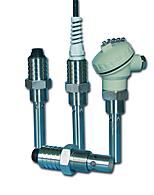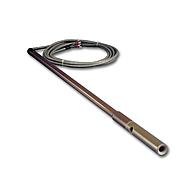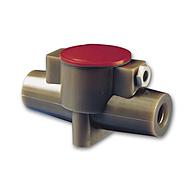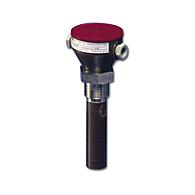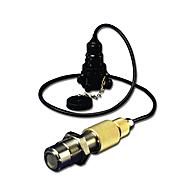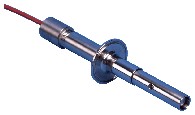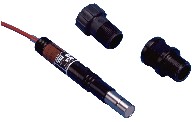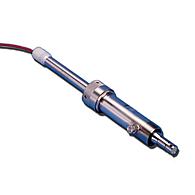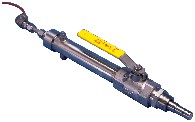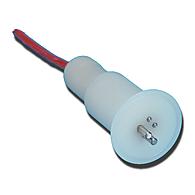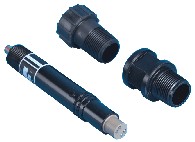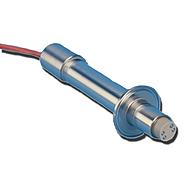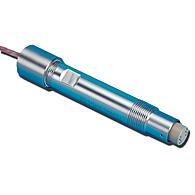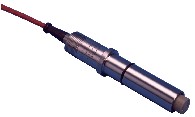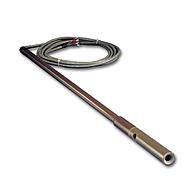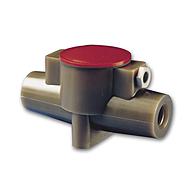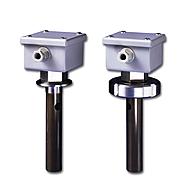|
TB4042
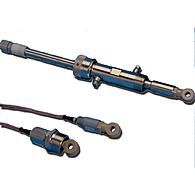
Download Specification Sheet .pdf
|
TB4042
Toroidal Conductivity Sensors, Electrodeless Sensors
Model TB4042 Toroidal Conductivity Sensors expand the advancements in
process conductivity measurement initiated by ABB with four-electrode
conductivity measurement. Unlike four-electrode sensors, toroidal
sensors have no electrodes.
The Model TB4042 Toroidal Conductivity Sensor provides a means for
measuring solution conductivity in chemically aggressive solutions that
corrode, foul, or otherwise destroy electrode type sensors. The sensor
itself is comprised of two wound toroids encapsulated in a chemically
resistant nonconductor made of polyetherether ketone (PEEK). Measurement
is made inductively via magnetic coupling between the solution and the
toroids. Because measurement is made inductively, without electrodes
that can be affected by erroneous resistances from foulants or coatings,
these sensors are virtually impervious to all but thick layers of
foulants.
- Electrodeless conductivity
measurement
- Perfect for use in highly
corrosive solutions
- Greatly reduces coating and
other fouling problems
- Multi-range capability
- Versatile mounting:
Insertion, submersible, retractable
- PEEK encapsulation and
Kevlar® reinforcement
- High pressure and
temperature ratings
- 316 stainless steel, Kynar®,
titanium, and CPVC hardware
|

